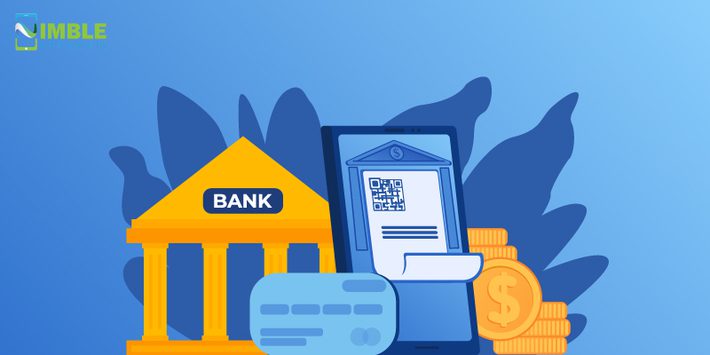
In this digital era, customers expect convenience from their banking institutions. When the customer is given an option to sign up for a bank account either by going to the bank or by sitting at home and doing it online, it’s easy to guess what option the vast majority prefer.
In many industries, digital customer onboarding is as easy as inputting the name and email address in the app. Usually, the customers don’t even consider reading terms and conditions if it isn’t about money. But when it comes to the banking institutions, there are so many onboarding requirements and government regulations. It is tricky but imperative for banks to create a convenient digital onboarding experience for their customers.
A smooth onboarding experience can be a differentiating factor between you and your competition. Many customers are more likely to drop back the minute they find it cumbersome to fill-in the details. A study reveals that nearly 40 per cent of the brits abandon the onboarding process, because they find it difficult to provide a large volume of information in a banking app or website.
Certainly, if you streamline the process of onboarding, you will achieve less customer churn and more happy customers. A seamless onboarding process will also help you to gather more accurate information about your customers, which will help you to manage customer lifecycle in a better way. It also indicates to your users that you are committed to providing them access to your services very conveniently. With every digital onboarding process, the primary goals for the banking institution will be to:
- Avoid unnecessary re-routing to physical channels
- Offer convenient identity verification
- Provide rapid access to the account and services
- Provide a seamless customer experience
At his point in time, digital customer onboarding is becoming a trend, and it is possible that we will see it as an integral part of financial services. But there are few pitfalls that the businesses may need to look after.
Challenges Banks Face While Onboarding Customers
But first, what really is Digital Customer Onboarding? Well, it is a process that offers customers with a simple, fast, and easy way to provide personal information to the respective financial institution. It also includes the mandatory information required by the government regulatory bodies. It eliminates the need for the customers to visit the bank branch, which is especially a burden if the customer works during bank working hours.
The digital onboarding process currently seems like the must-have feature for banks, but it isn’t possible for banking institutions to make it prominent. The following are some issues that we need to address to realise a seamless onboarding experience for customers.
Too much friction
When onboarding asks for too much information and gets time-consuming, people either postpone or give up the process. Pulling already captured information, and enabling auto-fills can be an option to keep things simple and quite effortless. Eliminating the need for manual entry of photographs and ID proofs at banks is also a great way to streamline the onboarding process. It can be done by offering document uploading features within the app.
Regulatory Compliances
While the digital onboarding focuses on providing convenience to the customers, the compliances made mandatory by the regulatory bodies cannot lose priority. The digital banking platform should encompass top-notch encryption and comply with the geographical relevant KYC (Know Your Customer) and AML (Anti-Money Laundering) regulations. The digital platforms can also use two-factor authentication to validate the access.
Moreover, there are other ways to ensure a secure and authenticated customer onboarding, which includes video conferencing. Many industry verticals are already using this technology to verify the customer IDs. One such example is Upwork.
Limitation of digital onboarding with current banking infrastructure
There are some external limitations such as rigid regulatory requirements, people-dependent processes, and complex legacy banking systems and technologies. Though the possibilities of achieving a seamless digital onboarding experience are high, it is vital to understand that the awesome front-end cannot be plugged into the old machinery. This means that a seamless customer onboarding is hard to realize without thinking about a digital transformation.
For starters, banks may need to look for Fintech consultants that can evaluate the bank’s existing digital infrastructure and CRM opportunities. The software vendor can carry out infrastructure audits to identify what system upgrading should be done, and they can also estimate the cost of implementation. To achieve success in this process requires banks to be on-top of their budgeting process. Banks also need to have good marketing strategies in place to promote the successful implementation of their digital transformation to their existing customers and potential new customers.
